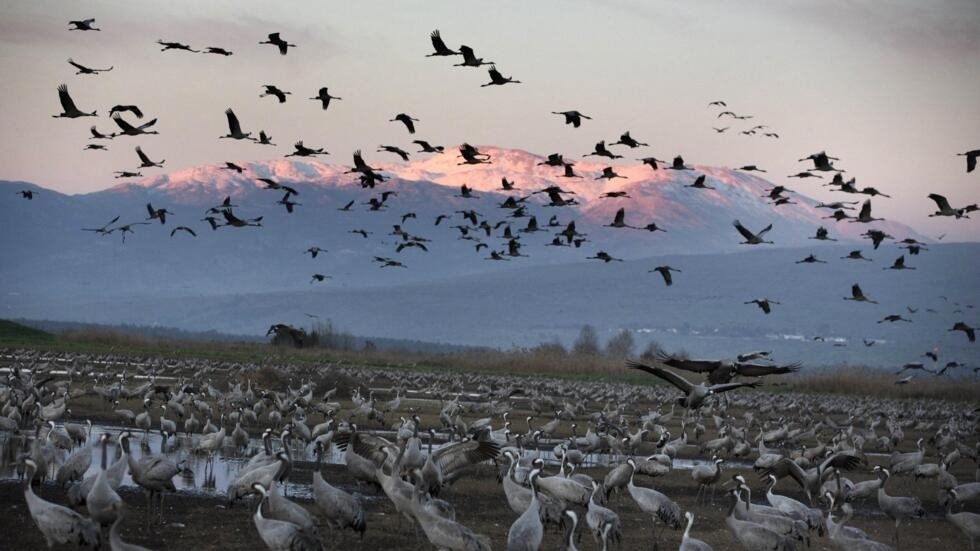In a landmark report released by the United Nations, the world has been alerted to the alarming plight of migratory species facing the looming specter of extinction.
In a landmark report released by the United Nations, the world has been alerted to the alarming plight of migratory species facing the looming specter of extinction. From majestic turtle doves to iconic green turtles, these nomadic creatures, often considered the explorers of the animal kingdom, are now teetering on the brink of survival due to decades of exploitation and human-driven threats.
The Convention on the Conservation of Migratory Species of Wild Animals (CMS), signed over 40 years ago by numerous nations, aimed to safeguard these vital species. However, the latest assessment, encompassing 1,189 species, reveals a dire situation: one in five species is threatened with extinction, with a staggering 97% of listed fish species at risk.
Amy Fraenkel, the UN Executive Secretary to the convention, expressed grave concern over the lack of attention afforded to migratory species, warning of imminent extinction if action is not taken urgently. She emphasized the role of human activity—ranging from excessive hunting and habitat destruction to climate change and urban expansion—as the primary driver behind this crisis.
Dr. Rob Cooke, an ecological modeller, highlighted the multifaceted threats faced by migratory species due to their traversing of diverse habitats. These challenges underscore the urgent need for concerted global action to mitigate human impact on these vulnerable populations.
Despite the efforts of the CMS, illegal killing and exploitation persist, with millions of birds falling victim annually to illegal practices in regions like the Mediterranean and the Arabian Peninsula. The report underscores the complexity of protecting migratory species, given their extensive travel across international borders.
To address these pressing issues, the report recommends a series of measures, including the identification and protection of critical migration pathways, the reduction of infrastructure impeding migration, and the restoration of degraded land and marine areas. By mapping migration corridors and implementing targeted conservation strategies, it is hoped that these imperiled species can be safeguarded from further harm.
Inger Andersen, executive director of the UN Environment Programme, remains cautiously optimistic, citing success stories like the recovery of the South Atlantic population of Humpback Whales. However, she acknowledges the formidable challenges ahead and the urgent need for coordinated global action.
While the report marks a significant step forward, Dr. Cooke emphasizes the need for broader assessments encompassing a wider array of migratory species, particularly insects, which are currently underrepresented. The complexity of measuring insect populations poses unique challenges but underscores the necessity of expanding conservation efforts to encompass all vulnerable species.
In response to the report, government officials have convened in Uzbekistan to develop a coordinated plan of action. This gathering signals a crucial step towards addressing the urgent threats facing migratory species and underscores the global commitment to preserving our planet’s rich biodiversity.
As the world grapples with the interconnected crises of biodiversity loss and climate change, the fate of migratory species serves as a stark reminder of the urgent need for collective action to protect and preserve our planet’s natural heritage for future generations.
